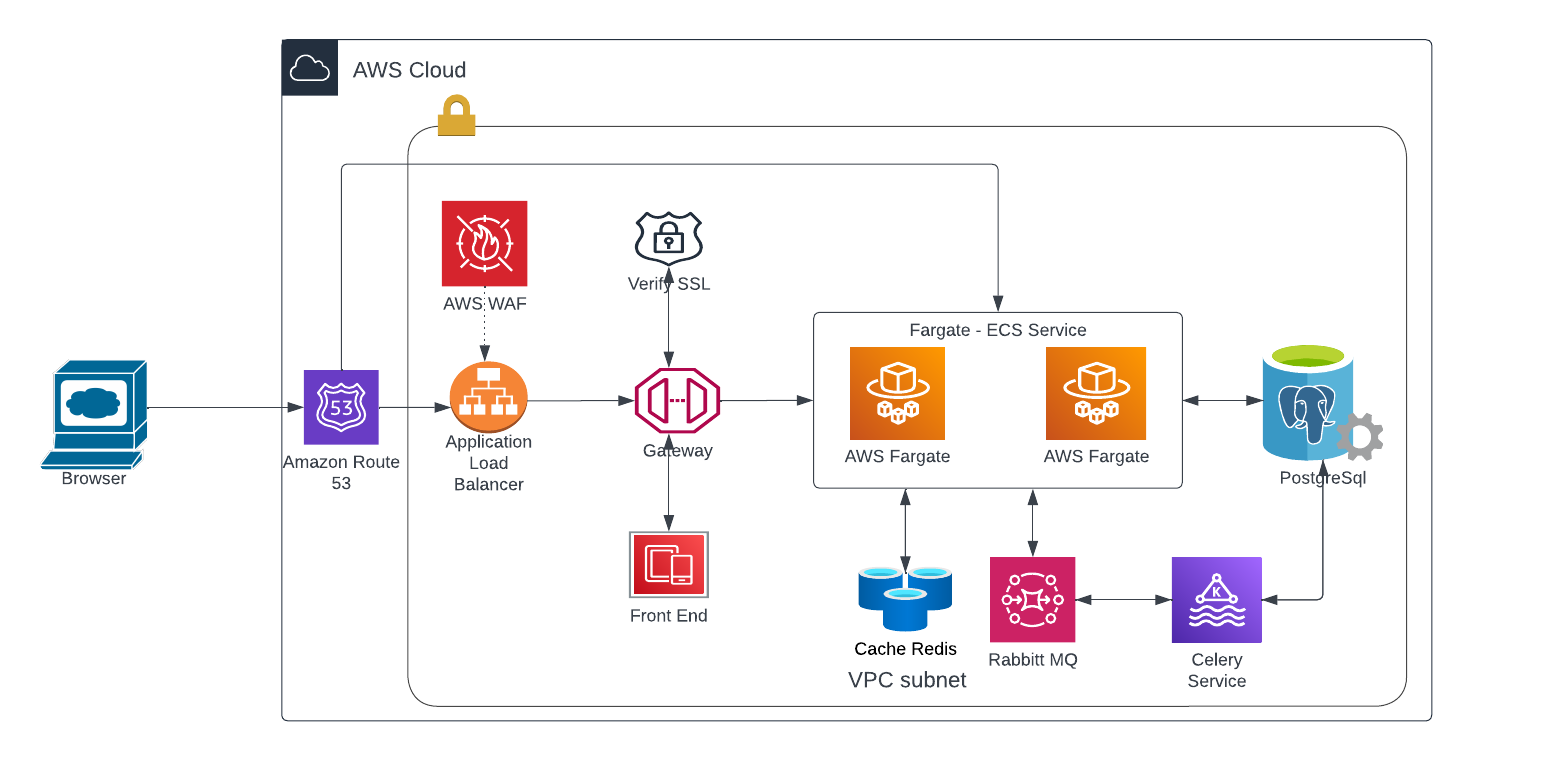Event Driven Architecure Over REST API
In this detailed exploration, we delve into the implementation of a Point of Sale (POS) system using event-driven architecture (EDA), focusing on building a scalable e-commerce solution. Our journey begins with identifying the ideal platform for our needs, leading us to Saleor - an open-source, enterprise-grade e-commerce system renowned for its GraphQL API. Saleor stands out for its future-proof design, customizable flexibility, and multi-channel, multi-currency capabilities, alongside global address validation.
Saleor: The Open-Source E-Commerce PowerhouseSaleor is not just another e-commerce platform; it's a comprehensive solution that supports scalability and flexibility. By leveraging Saleor, businesses can easily manage different markets, currencies, and branded stores from a single platform. For more insights into Saleor and its benefits for modern e-commerce, visit Saleor's official website Architectural Deep Dive: AWS, Python, and Event-Driven Integration
Our application's backbone is hosted on Amazon Web Services(AWS) within a Virtual Private Cloud (VPC), ensuring security and scalability. We utilized AWS Route 53 for DNS management, directing traffic to a load-balancer that efficiently distributes incoming requests.
At the core of our backend is Python, running in a serverless environment provided by AWS Fargate. This setup allows us to focus on application development without worrying about the underlying infrastructure. Our assets, including images, are securely stored in Amazon S3, highlighting our commitment to leveraging best-in-class cloud services.
The Shift to Event-Driven Architecture (EDA)Transitioning to an event-driven architecture has been a game changer, particularly for scalable e-commerce solutions. EDA facilitates asynchronous communication, enabling systems to process events without blocking operations. This architecture contrasts with traditional REST API implementations, which, while still relevant, have limitations in handling long-running operations. Our system employs Celery, Redis, and RabbitMQ to manage tasks and message queuing, ensuring high reliability and efficiency in processing events. Future Directions: AI and Machine Learning in E-Commerce
Looking ahead, we're excited to explore the role of AI and machine learning in revolutionizing the e-commerce landscape. Stay tuned for our next post, where we'll discuss how these technologies are being integrated into our architecture to enhance customer experiences.
Thank you for joining us on this journey through innovative e-commerce solution implementation. We're eager to share more about our advancements and how technology is shaping the future of retail.


